Yogi personality type
What Is A Yogi Personality? 7 Surprising Qualities To Know
There comes a point in your yoga journey when you start asking: What is a yogi personality, anyway?
Does being an authentic yogi mean sporting mala beads and greeting passersby with a nod and a namaste? Does it require signing up for meditation retreats and spouting the benefits of a raw vegan diet?
Or maybe you’re wondering if being a yogi involves bending and balancing in designer yoga attire (much like the influencers you follow on Instagram.)
There’s no denying that with the commercialization of yoga, comes a particular yoga identity to which many practitioners subscribe. That’s okay! From fashion to food, if you resonate with a style or product, then enjoy it!
There’s just one thing…
If you don’t resonate with a stereotypical yoga personality, that’s okay, too.
You’ve likely heard it said before: Yoga is for everyone.
It’s not just a common yoga quote but a pillar of my yoga teachings. So, no matter your personality or preferences, know that there is a place for you in the yoga community.
Take the quiz! Download our free series “Is yoga teacher training right for me?” and discover your yoga personality today.
Now, some internal qualities of a yogi personality are worth exploring — meaningful character traits we can all continue to develop daily.
Let’s take a closer look at yoga and personality as we explore the top seven qualities of an aspiring yogi.
Yoga and Personality
Before we take a deep dive into what is a yogi personality, I want to emphasize the importance of individuality in yoga — especially if you’re considering a yoga teacher training program.
Your personality is a gift. People in the yoga community are looking for your quirks and qualities, so don’t be afraid to shine! What makes you unique will attract your tribe and set you apart in a sea of other yoga teachers.
I know it’s easy to feel like all yoga teachers are “naturally” outgoing, bubbly, attractive, and well-spoken. Or maybe your yoga instructors appear stoic and serene — like they just teleported from an Ashram in India!
Well, I’m here to tell you that these stereotypes are just that…
…stereotypes.
Inclusivity in yoga classes matters. If you’ve ever felt less-than or unincluded in yoga, I want you to know you’re not alone, and other yoga communities are waiting with open arms to embrace you just as you are.
Read More: How To Be More Inclusive in Your Yoga Class
So, with all yogi personalities warmly welcomed, let’s now review a few important characteristics of an aspiring yogi:
What does it mean to be a yogi?
If we’re going to discuss the qualities of a yogi, it makes sense to ask the question: What makes a yogi a yogi?
We can discover more about the characteristics of a yogi by turning to the Bhagavad Gita.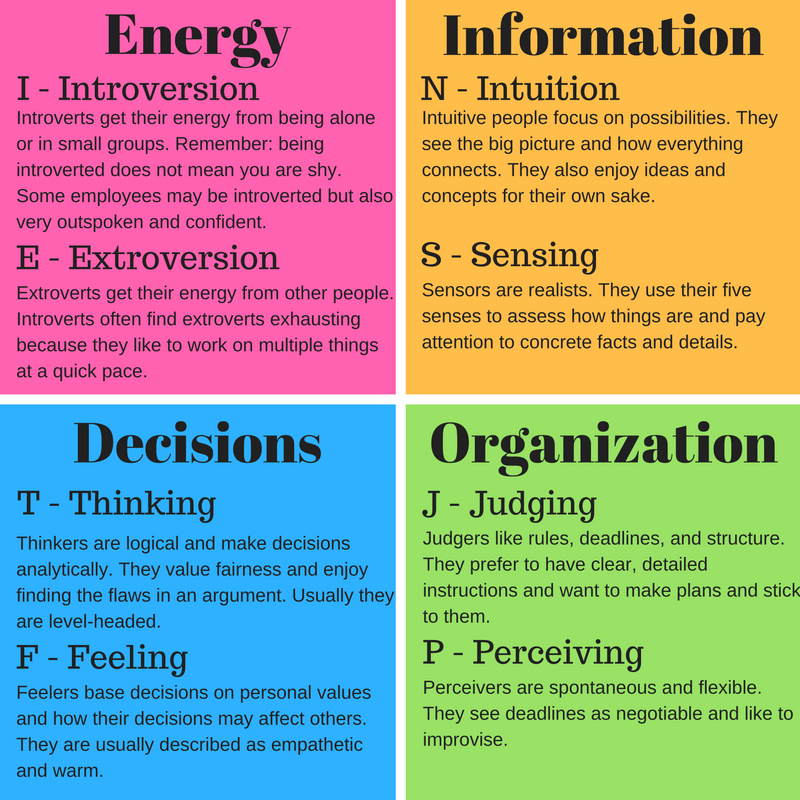 In this ancient text, we learn that a yogi is someone with a stable mind — a person of equanimity, free of attachment to success or failure, suffering or joy.
In this ancient text, we learn that a yogi is someone with a stable mind — a person of equanimity, free of attachment to success or failure, suffering or joy.
We dive deep into the history of yoga — and how ancient teachings can inform modern life — during our yoga teacher training programs.
Listen…
Being a yogi isn’t about flexibility or inversions. Instead, the true meaning of yoga is to bring awareness and balance to the mind and body. This quote from The NYTimes sums it up nicely:
“The original context of yoga was spiritual development practices to train the body and mind to self observe and become aware of their own nature. The purposes of yoga were to cultivate discernment, awareness, self-regulation and higher consciousness in the individual.”
Once we realize yoga is more about inner development than physical appearance, we can start to understand the true qualities of a yogi personality.
So what is a yogi personality?
So, what is a yogi personality? Let’s review seven important qualities of any aspiring yogi.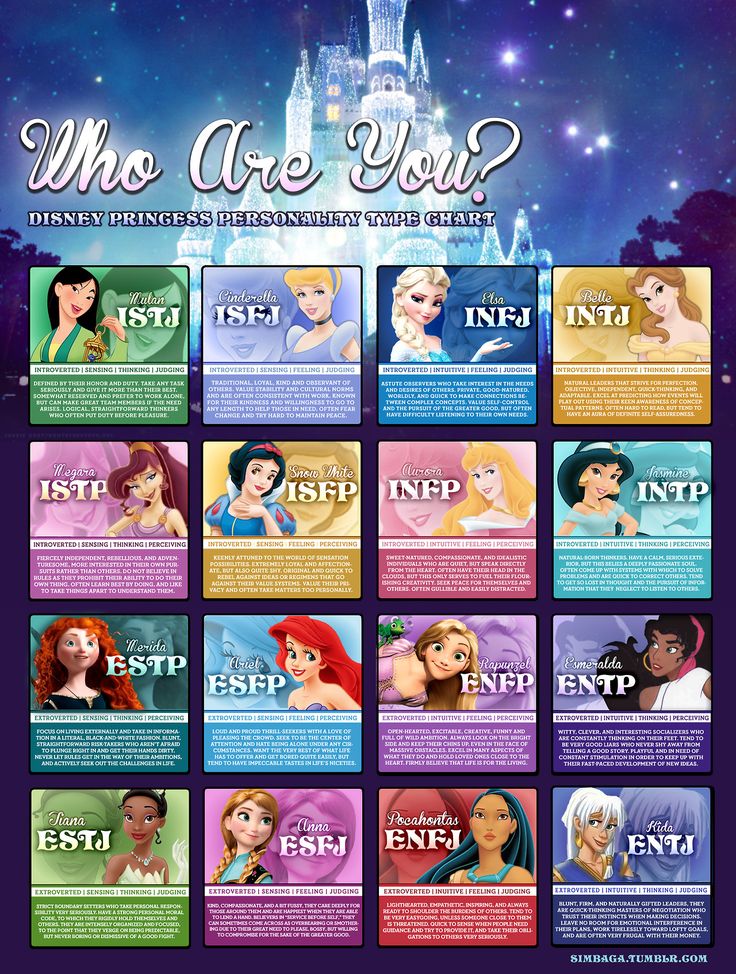
1. Judgement-free
Practicing non-judgment is easier said than done — especially when it comes to judgemental thoughts about ourselves.
However, it helps to remember those judgmental thoughts are just stories and harmful thought patterns that remove us from the present moment. A yogi personality recognizes that judgment does more harm than good; they strive to observe themselves and the world around them without attaching an opinion.
As we become more non-judgemental, we become more equanimous in the mind and spirit — we discover more peace, gratitude, and love towards ourselves and others.
2. Respectful
“Respect is an acknowledgment of the inherent worth and innate rights of the individual and the collective.”
The Asana Journal
A pillar of yoga is to know your worth and honor the worth of others. I don’t need to agree with you (or you with me), but I can respect your journey and your inherent self-worth without dimming my self-respect in the process.
When we practice respect in this way, we minimize conflict and harm — and cultivate self-regulation and awareness.
What is one easy tip to practice respect today?
Respect where you are in your yoga practice. Release any temptation to force yourself past your boundaries. Know that you are exactly where you need to be in your practice.
3. Curious
What is a yogi personality? Someone who is curious.
A sense of wonder when listening to the ocean waves. A desire to learn about the mystical elements of yoga. A yearning to explore how our bodies feel in different yoga poses.
Curiosity is about a devotion to learning. It’s releasing arrogance and attachment to the Ego, so we can better understand ourselves emotionally and spiritually.
How can you embrace curiosity? Don’t be afraid to play! Child-like wonder is a beautiful thing.
Think about a youngster exploring their surroundings. They have no attachment to the outcomes of their discoveries. Instead, they are present in the moment, simply enjoying the process of being and learning.
Instead, they are present in the moment, simply enjoying the process of being and learning.
So, try new things. Explore how your mind and body feel. Ask questions! In other words, stay curious — both on and off the mat.
4. Humble
“Humility is nothing but truth, and pride is nothing but lying.” – Saint Vincent de Paul.
The practice of yoga is exactly that — a practice. Yoga isn’t about flexibility. Just because a yoga pose is more “difficult” doesn’t mean it provides more benefits to the mind and body.
When we come back to humility, we remember that yoga is not about proving ourselves — and it’s certainly not about getting the most likes on social media. Rather, yoga is an ever-evolving journey of self-discovery.
It takes humility to detach from our Ego, but from this place of humility, we can sit with the fluctuations of the mind to discover greater peace and deep-rooted joy.
Immerse yourself in the Blue Osa Yoga Experience
5.
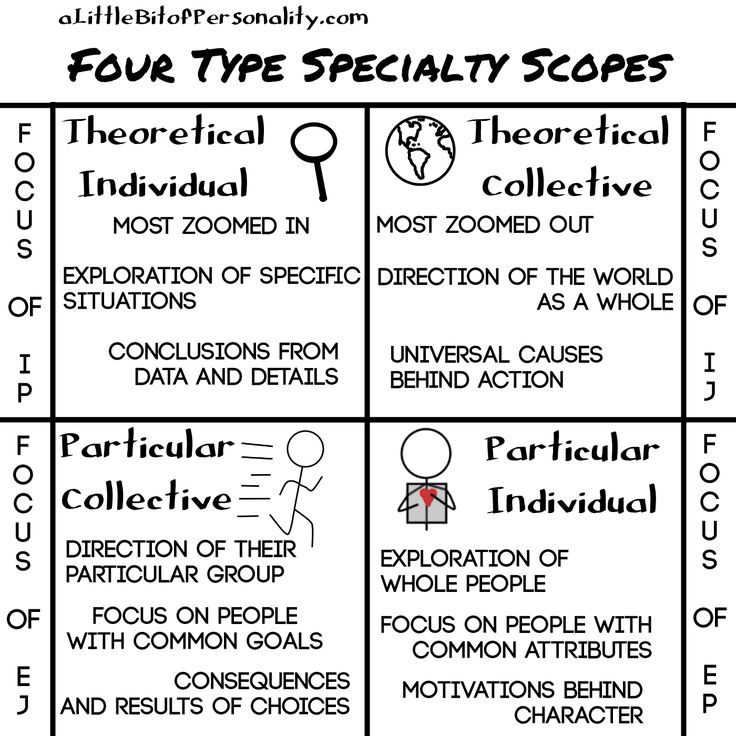 Passionate about service
Passionate about serviceAnother answer to the question: What is a yogi personality? Someone of selfless service, or Seva, to the world.
You’ve likely heard your yoga teacher instruct you to “take your yoga off the mat,” but what does that really mean?
We can’t create world peace or control the actions of those around us. However, we can choose to live peacefully and spread kindness. The key is to be of service without the expectation of gratitude or reward — to cultivate compassion and generosity simply because we know it’s the right thing to do.
The continual practice of Seva is a pathway to self-realization — which is why we practice yoga in the first place.
6. Generous
There’s a concept in yoga called Aparigraha: there is enough for everyone.
When we view the world through a lens of abundance and non-attachment, we start to realize that we already have everything we need. Because we aren’t operating from a place of perceived scarcity, there’s always a way to be generous in spirit to those around us.
Now, generosity doesn’t have to be with physical belongings. You can be generous with your time, your knowledge, or your attention.
Just as with Seva, true yogis aren’t generous for a reward or acknowledgment, but simply because they know there is always enough to share with others.
7. Compassionate
We’ve all been there…
The person on the yoga mat next to us is breathing too loudly. Or maybe the car driving in front of us is too slow. Our in-laws are too opinionated and our neighbors are too noisy.
It’s human to get frustrated or annoyed with those around us. However, yoga teaches us that the remedy to such ill thoughts is compassion.
Compassion doesn’t happen overnight, but it is a quality we can cultivate through awareness, intention, and meditation.
To sum it up: what is a yogi personality?
Yoga is about practice, not perfection. So, if you’re still wondering what is a yogi personality, then remember these seven intrinsic qualities. But more importantly, embrace your journey, and know we’re all growing and evolving together!
But more importantly, embrace your journey, and know we’re all growing and evolving together!
Now, are you ready to deepen your yoga practice in one of the most beautiful, biodiverse places on earth? Then we’d love to welcome you to Blue Osa, our yoga sanctuary where all personalities and individuals are celebrated.
We created our beachfront yoga retreat to be the perfect escape for the busy, burnt-out individual. Our lush setting promotes healing and mindful reflection, so you get the foundation you need for a healthier, more rewarding life.
Learn more about our private yoga retreats here and start curating the custom retreat of your dreams today.
Immerse yourself in the Blue Osa Yoga Experience
8 Yoga Tips for Yogis With Type A Personality
By Anna Coventry | Last updated
Happiness | Lifestyle
Type A is used to describe someone's personality type or disposition.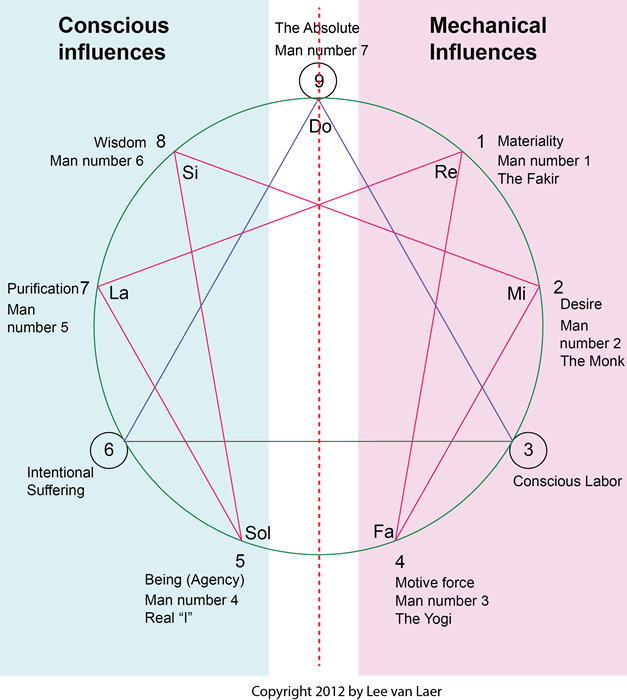 Often characterised by qualities such as competitiveness, having a sense of urgency, being reactive as well as impatient, it’s no wonder so many of us are naturally drawn to yoga.
Often characterised by qualities such as competitiveness, having a sense of urgency, being reactive as well as impatient, it’s no wonder so many of us are naturally drawn to yoga.
While yoga can give us the balance we don’t always (if ever) give ourselves, Type A’s often approach our practice the same way we do everything else: with drive, determination and a strong desire to be really good, really fast.
As someone with Type A tendencies, I’ve worked really hard (of course I have) to create a more balanced approach to my life through my yoga practice. And I’ve learnt that the way we practice is oftentimes more important than what we practice. So for yogis with type A personality, here are a few tips to bear in mind next time you’re on the mat.
1. Slow. Down.
Yoga is a not a race and there is no prize. A sense of urgency might serve you well in your work, but there’s no need for it on the mat. So move slowly, both on your way to yoga as well as while you’re practicing.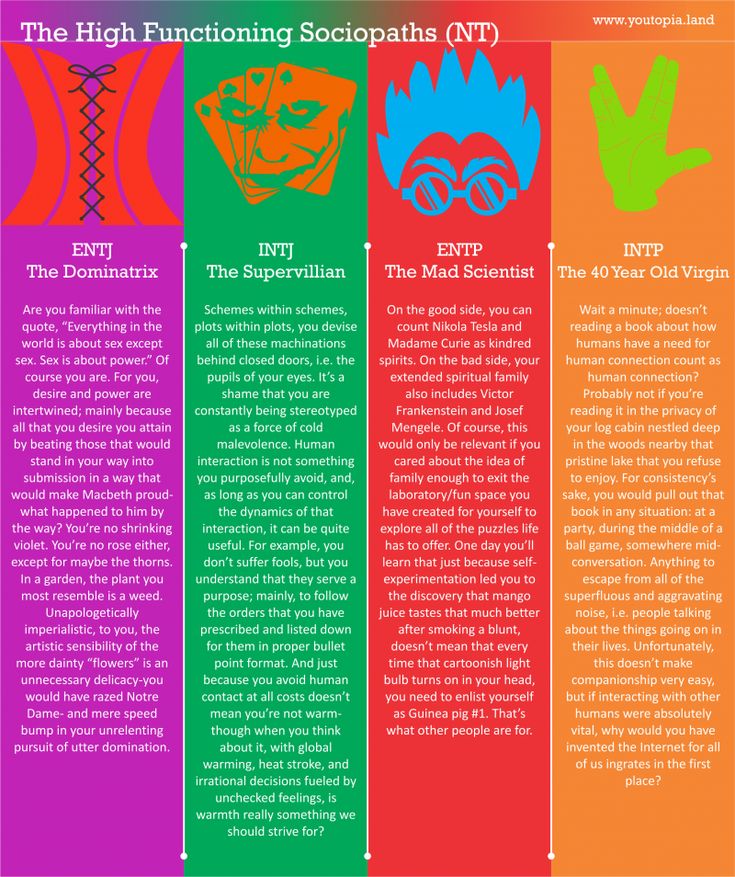
2. It’s okay to skip a practice.
I know, this one’s hard to stomach because damn it, I said I was going to practice today so I WILL practice today! If situations have come up than mean your practice will be compromised for a day, rather than getting wound up and creating more stress and pressure, simply let it go.
If you really want to practice yoga, just sit and close your eyes and watch your breath for a few minutes.
3. Let go of goals and outcomes.
Everything might be so much more rewarding or fulfilling when you’re working towards a goal, but given your highly driven, motivated and disciplined approach to most other things in life, instead try approaching your yoga practice without agenda.
It really doesn’t matter how many weeks or months it takes you to get up into Handstand, so instead just see what happens in each moment and take each class as it comes.
4. Be present.
Being present is quite possibly one of the most challenging things for a Type A person to do. The thing about being present, is that we need to let go of ideas, plans, to do lists and as mentioned previously, outcomes and goals. We replace that mind activity with the simple act of observation, which might not be easy but it is so worth it.
The thing about being present, is that we need to let go of ideas, plans, to do lists and as mentioned previously, outcomes and goals. We replace that mind activity with the simple act of observation, which might not be easy but it is so worth it.
5. Release the need to micro manage your yoga practice. Let it come to you.
You’re on your way to yoga, and you just know it’s going to be a perfect class. You’ve made sure you’re early so you can nab your favourite spot and your favourite teacher is teaching your favourite style of yoga, you can just see if all going according to plan!
Err…what happens when you get there and find our your teacher is sick so you’ve got a sub, and to make matters worse someone else is already in “your” spot?
I say this because I totally understand what it’s like to try to micro manage every aspect of life, including yoga. So try to just let go of your controlling tendencies (this is a practice in itself) and just let whatever is meant to happen come to you.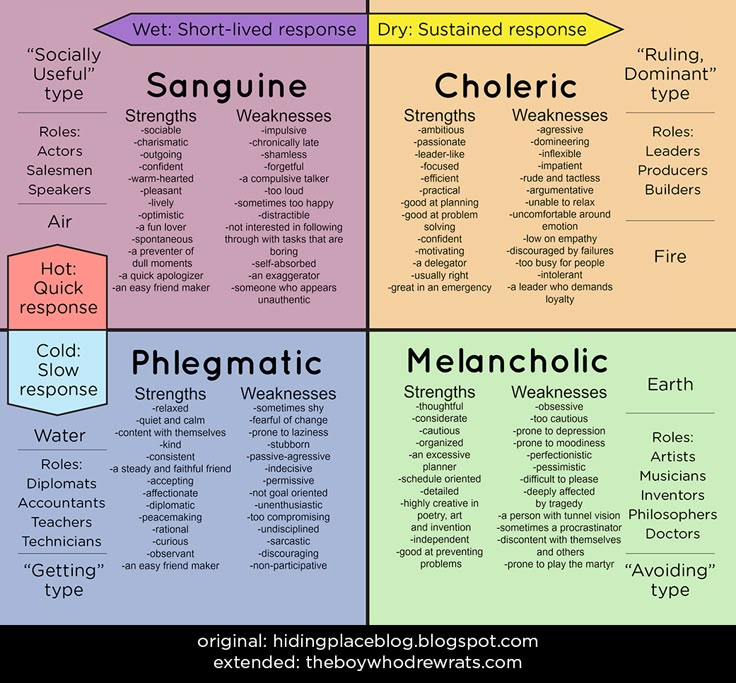
6. Try a yin or restorative class.
I bet you love Vinyasa Flow, Ashtanga, Power Yoga or Hot Yoga right? Yep me too, but guess what is going to balance you out even more? If you haven’t tried Restorative or Yin yoga then I thoroughly recommend you give one of these slower, relaxing styles a go. They are challenging at first, but in my experience they leave me feeling so much more balanced and nourished, on the inside as well as out.
7. Meditate
I don’t know numbers and I haven’t done a survey, but most people that I’ve met who suffer from anxiety and stress are from the Type A world. And given stress and anxiety start in the mind, it makes sense to find a practice to soothe and relax the grey matter.
There is nothing more soothing to a busy, overactive mind than a few moments of stillness.~Anna Coventry
Just sitting down and asking the mind to stop for some of us is next to impossible, but with a specific practice – aka meditation – it becomes easier. And the moments of peace and stillness, are so worth the effort.
And the moments of peace and stillness, are so worth the effort.
8. Practice guided relaxation techniques
Guided relaxation techniques soothe us in much the same way as meditation does, but they can be a little more accessible for many of us because all we need to do is lie down and listen to someone’s voice.
Guided relaxations are perfect to do at the end of a busy day or before you go to sleep as they give both your body and your mind a chance to unwind, let go and drift off into a more relaxed slumber.
Remember it’s not always what we practice, it’s how we practice that can have the most powerful effect. And I found that by approaching my yoga practice in a slower, quieter, more relaxed way, I was able to create a more balanced approach to my life off the mat.
Made with ♥ on planet earth.
Types of people
yoga therapy
Types of people
In order to determine what kind of yoga practice will be useful for a particular person, we need to determine the type of this person according to some particular characteristics inherent in him. Thus, Yoga is already turning into Yoga Therapy, which cooperates with a more subtle and extensive science - Ayurveda . There are three main types of personality, which in their combinations make up ten types of body constitution, mental, moral-volitional and mental qualities. But this science is deeper than this manual and requires more knowledge. Our goal is to apply Yoga Therapy in practice as usefully and effectively as possible. nine0003
Thus, Yoga is already turning into Yoga Therapy, which cooperates with a more subtle and extensive science - Ayurveda . There are three main types of personality, which in their combinations make up ten types of body constitution, mental, moral-volitional and mental qualities. But this science is deeper than this manual and requires more knowledge. Our goal is to apply Yoga Therapy in practice as usefully and effectively as possible. nine0003
If we do not yet touch upon the knowledge of Ayurveda , then we can distinguish the following types of human body, there will be only two of them. They are determined by the level of metabolism of the body or, more simply, by the amount of heat that a person is able to generate:
1. Hot type . People who have higher levels of the adrenal medulla hormones epinephrine and noradrenaline. The processes of excitation in the body of such individuals predominate. These people have increased heat transfer, reaction speed and are usually ambitious and demanding.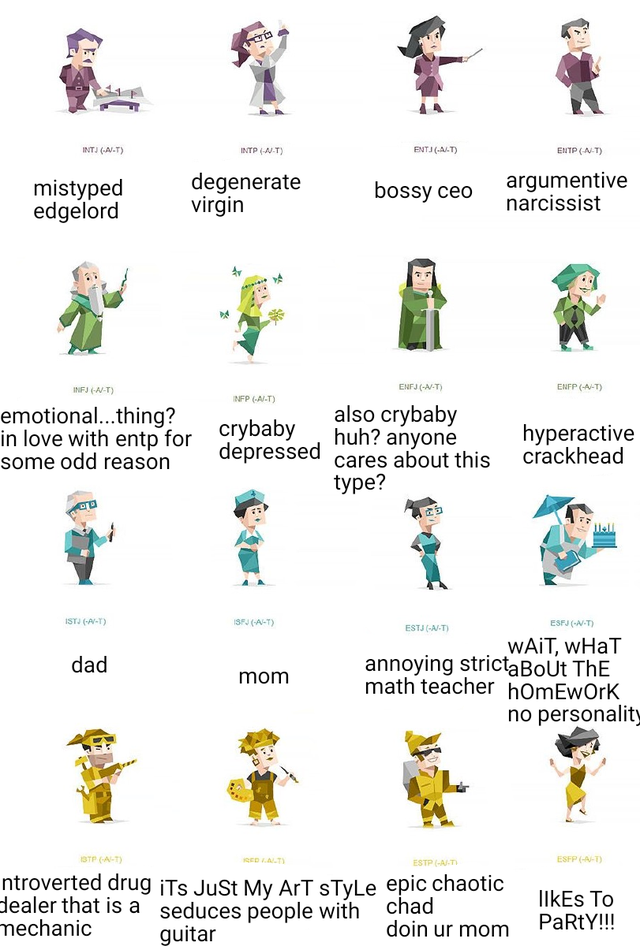 They love dynamic sports, competitions. They have a high specific metabolic rate of the body or metabolic rate. Usually they are predisposed to cardiovascular diseases, gastritis and stomach ulcers. Also, these people are most susceptible to various stresses. This type of recommended carbohydrate diet is able to balance the rate of thermal processes. nine0003
They love dynamic sports, competitions. They have a high specific metabolic rate of the body or metabolic rate. Usually they are predisposed to cardiovascular diseases, gastritis and stomach ulcers. Also, these people are most susceptible to various stresses. This type of recommended carbohydrate diet is able to balance the rate of thermal processes. nine0003
2. Cold type . The opposite type of people with high levels of insulin in the blood. Accordingly, the lack of adrenaline causes inhibition processes to prevail in the body. A lower specific metabolic rate or metabolic rate is inherent in this type. They prefer quiet activities, smooth activities and sports. These people are more susceptible to such diseases as diabetes, bronchial asthma, endocrine and oncological diseases. Usually they are recommended protein foods, which can significantly improve metabolism. nine0003
How to determine the type? You can ask a person a couple of questions, but this will not always be adequate. The simplest thing is to take into account some indicators of the rate of heat release by the body, before and after exercise:
The simplest thing is to take into account some indicators of the rate of heat release by the body, before and after exercise:
1. Body temperature.
2. Heart rate.
3. Perspiration.
There are also more precise formulas for calculating the level of vital warmth of a person. For example - 536 divided by the square root of body weight multiplied by the heart rate. The result can be compared with the table, where a certain age 25,35,45,55,65 corresponds to the number 536,570,610,690.725. A higher or lower result from a given number indicates a high or low level of vital heat, and, accordingly, the metabolic rate.
Recommended yoga practices
For the first type - Breathing: Sitali, Chanra bhedana - breathing of the left nostril. Asanas: Shavasana, Balasana, All stretching asanas.
For the second type - Breathing: Bhastriki, Surya Bhedana - right nostril breathing, Anulomaviloma. Asanas: Sushma Vyayama - dynamic exercises performed while holding the breath. Static strength asanas. nine0003
Asanas: Sushma Vyayama - dynamic exercises performed while holding the breath. Static strength asanas. nine0003
Types of body constitution
Apparently, we still have to go a little deeper into Ayurveda, because, based on the principles of Yoga therapy, we must build our system of practices and lifestyle following the rule of doing no harm. And if we violate the simplest laws, then instead of a beneficial practice we will get, at best, little useful, and at worst, destructive physical education.
So according to Ayurveda and the main directions of Western medicine and the sciences of Physiology with Anatomy, there are three main body types. But in Ayurveda, they are considered as types of personality, that is, a combination of physical, mental, mental and social qualities. nine0003
-
Vata - A thin, tall or small airy person with a bluish skin tone. Often has protruding, crackling joints. Weak digestion, frequent constipation, irregular stools and appetite.
 Sleep in people of this constitution is usually disturbing and intermittent. The mental state is unstable. It is very difficult for them to stop the flow of thoughts. Often cold extremities and dry skin. The pulse is frequent and unstable. This type is most prone to diseases of the spine and joints, as well as mental disorders. nine0003
Sleep in people of this constitution is usually disturbing and intermittent. The mental state is unstable. It is very difficult for them to stop the flow of thoughts. Often cold extremities and dry skin. The pulse is frequent and unstable. This type is most prone to diseases of the spine and joints, as well as mental disorders. nine0003
Recommended diet: High-calorie, sweet and warm food. Animal fats. Vegetables and fruits cooked. Exclude difficult and long digestible, causing gas formation. Eating small meals several times a day.
Recommended Practices: Meditation, Savasana after every long effort. Pranayama, Nadi Shodhana, Ujjai, Full breath, Bhastrika with udiyano bandha at the end, Agnisara. All power asanas. The complex should consist of athletic exercises mixed with relaxation and rest. nine0003
2. Pitta - Muscular strong sharp person with fair, easily reddened skin. Often has freckles and reddish hair. Pointed nose and high or sloping forehead. Strong digestion, eats frequently. He likes to argue, to prove his point of view. Demanding of himself and others. Aggressive, mobile, active. Prone to diseases of the liver and stomach, as well as to cardiovascular problems.
Strong digestion, eats frequently. He likes to argue, to prove his point of view. Demanding of himself and others. Aggressive, mobile, active. Prone to diseases of the liver and stomach, as well as to cardiovascular problems.
Recommended diet: Cool sweet food avoiding spicy and fatty, salty and sour foods. Fruits and vegetables. Lots of salads and all dairy products. Meat is not recommended. nine0003
Recommended Practices: Sitali Cooling Breath, Chandra Bhedana. Ujai. Kapalabhati with mula and jalandharo bandha at the end. All stretching asanas. Minimum power. The complex should consist of stretching alternating with relaxation. Savasana.
3. Kapha - a person inclined to be overweight, easily gaining weight. Lazy, phlegmatic. Broad bone and wide forehead. Usually big eyes and oily hair. Calm, balanced, moves a little. He sleeps a lot and loves to eat especially sweets. Stable and solid. Prone to respiratory diseases, shortness of breath, congestion in the nasopharynx. nine0003
nine0003
Recommended diet: Dry, spicy and bitter food. Periodic cleansing, fasting. Raw food is suitable. Fresh vegetables and fruits, excluding sweet and starchy ones. Reduce fat intake. You can not eat sweet and cold. It is recommended to eat once a day. Sleep less.
Recommended Practices : Anulomavilom Breathing, Bhastrika, Udiyanabanha with Agnisara, Surya Bhedana. Power asanas. Dynamic exercises - Sukshma vyayama. The Ashtanga vinyasa direction is the most suitable. Short Savasana. nine0003
And briefly about mixed types. Very often we observe that two doshas predominate in the human constitution at once.
VataKapha - Thin and soft, little muscle, thin bones with a lot of adipose tissue (stunted bumpkin). The advantage can be in any direction, we will determine the type as VataKapha or KaphaVata depends on this. Accordingly, the diet will be regulated: food with a high protein content. Spicy foods are allowed. It is recommended to additionally use protein shakes. Excluded bitter, dry food (cereals, muesli, nuts)
It is recommended to additionally use protein shakes. Excluded bitter, dry food (cereals, muesli, nuts)
Exercises: Power asanas, Vyayama - dynamic exercises. Minimum stretch.
VataPitta - Lean but muscular (wiry) Diet: Carbohydrate, sugary, oily and starchy foods. Kashi. Avoid spicy and bitter. Moderately fatty meals. Four meals a day, daytime sleep.
Exercises: Shavasana alternating with balance asanas. Less strength, less stretching.
PittaKapha - Muscular with fat body mass (bull). Diet: A raw food diet with a small amount of lean milk proteins. Raw vegetables and fruits in large quantities, cottage cheese. nine0003
Exercises: aerobic dynamic and stretching exercises. Instead of Shavasana, breathing practices.
Of course Ayurveda is a broader concept than just knowing one's constitution and following a prescribed lifestyle. You can learn more about this ancient science in the corresponding section of my website.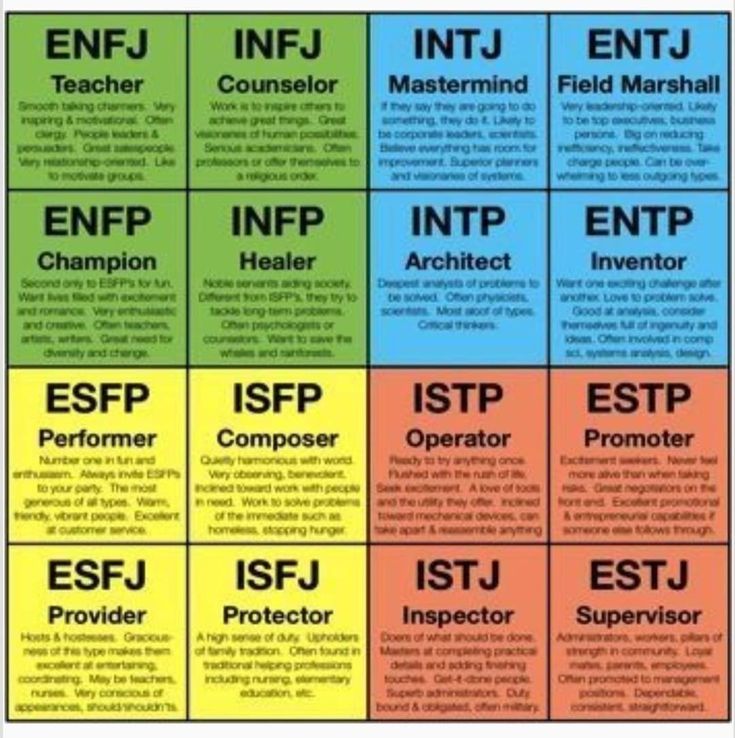
Types of people according to Ayurveda: an easy definition with the test
Each person has not only a unique appearance, but also his own individual character, which largely determines his inclinations, as well as the most typical diseases. However, just as it is possible to find at least one own double all over the world, it is also possible to identify characteristic features that make it possible to divide all of humanity into certain types. nine0003
There are several methods for this classification, each with its own advantages and disadvantages. Special tests performed on the ancient Indian teachings of Ayurveda include very detailed information and help to obtain more detailed and accurate data about each of the human temperaments.
We are used to characterizing people by temperament, but there is no such unambiguous concept in Ayurveda. She operates with the concept of dosha, which literally means “moisture”. This definition is much deeper and more versatile characterizes human properties, including physical characteristics, specific features of appearance, the subtleties of behavior, and even the propensity to eat certain types of food. Knowing the specifics of the dosha helps Ayurvedic doctors to identify and treat various diseases, both physical and psychological in nature. nine0003
Knowing the specifics of the dosha helps Ayurvedic doctors to identify and treat various diseases, both physical and psychological in nature. nine0003
Each of these doshas is not found in nature in its pure form, since in fact a person is a combination of vata, kapha and pitta in different proportions. According to Ayurveda, each type of organism is characterized by the predominant dosha. You can identify it by passing a simple test performed by an Ayurvedic doctor. However, such a test can be performed independently, using the services of one of the trustworthy Internet sites dedicated to this topic.
People of this type have a slender, lean body, it is difficult for them to gain weight. No matter how much they eat. They are distinguished by mobility and increased talkativeness, in society they are the soul of the company and ringleaders, or with their obsession they cause irritation to others. Representatives of Vata easily light up with some idea, but very quickly get tired and cease to be interested in it. In training, everything is given to them simply, on the fly, but they just as quickly forget the information received as soon as the need for it disappears. nine0003
In training, everything is given to them simply, on the fly, but they just as quickly forget the information received as soon as the need for it disappears. nine0003
They have a fine spiritual organization, they are so sensitive that the spectacle of suffering on the screen or emotions when reading a book, someone's story literally knocks them out of the saddle. They are very worried about trifles, their nervous system is fragile and an increased number of irritants leads to insomnia, sleep disturbances, a high level of nervousness, which often affects the quality of work and relationships in the family or with people around them.
Representatives of this type have thin, dry and cold skin, a slender figure, fast, jerky and impetuous movements, dry hair. Poorly tolerates cold weather, easily and quickly freezes, and then hardly restores blood circulation. Vata can hardly be considered organized, they sometimes forget to eat on time and lead a chaotic, unsystematized life. However, they like to eat tasty and dense, preferring rather fatty and dense food in the form of heat, hot drinks, as they do not like cold in any form.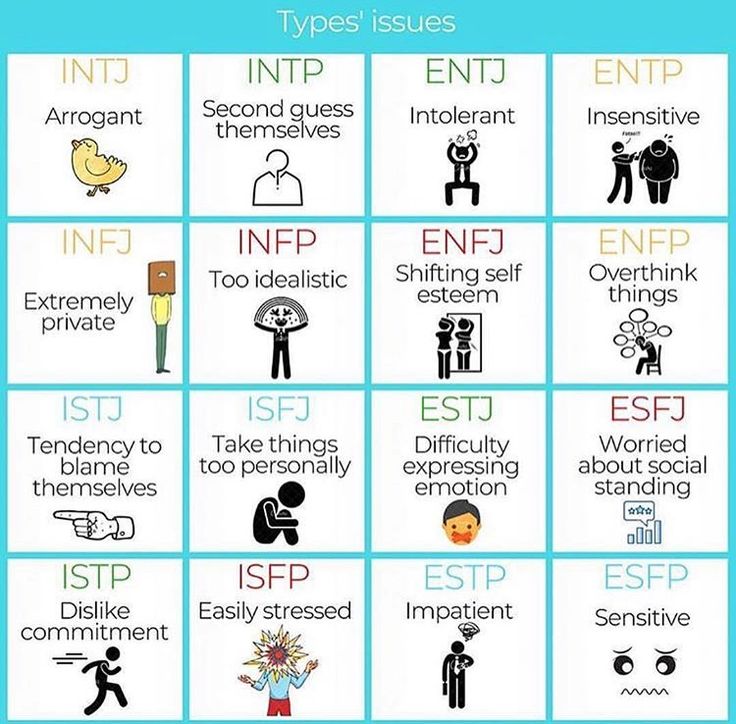 nine0003
nine0003
The test for this type shows an average body type, light or pinkish skin, which in most cases is covered with freckles or a scattering of moles. Most often, pitta is characterized by blond hair, which turns gray or falls out very early. There are many bald people among pittas. The skin is warm, does not tolerate heat well, sweats and suffers from overheating. They often feel thirsty and feel very bad if they do not eat on time. They love a variety of delicious food and are prone to gluttony, due to which they very often gain excess weight, which is very difficult for them to get rid of. nine0003
Pittas are well organized, consistent in their actions and accurate. They have an average level of endurance, so they should not engage in protracted and exhausting sports. Swimming and calm, measured types of gymnastic exercises, such as yoga and Pilates, are ideal. For the same reasons, they should not overwork physically and mentally. They have an excellent memory and reaction, they have a well-spoken tongue, which makes Pitta excellent teachers, politicians and speakers. A person of this dosha is demanding in relation to himself and others, has a tendency to perfectionism, is easily irritated, but just as quickly leaves. Intelligent, trainable, sleeps well, but sometimes wakes up feeling hot or thirsty. He likes to eat, prefers cold dishes and drinks, does not tolerate overheating. nine0003
A person of this dosha is demanding in relation to himself and others, has a tendency to perfectionism, is easily irritated, but just as quickly leaves. Intelligent, trainable, sleeps well, but sometimes wakes up feeling hot or thirsty. He likes to eat, prefers cold dishes and drinks, does not tolerate overheating. nine0003
People of this type have a wide bone, they are squat, sometimes even stocky, have a dense physique and great physical strength and endurance. This type has excellent quality skin, dense and smooth, most often light, even pale, beautiful dark curly hair, very thick and elastic. Kapha moves calmly, measuredly, the gait is soft, without fuss and haste, which he does not like at all. A calm, balanced person with good coordination of movements, mild-mannered and non-aggressive, who is very difficult to "trigger" to any illegal actions. He loves to eat, enjoys the taste of food, but does not put it at the forefront, if necessary, he can skip one of the meals. nine0136 Kapha has difficulty remembering information, but what he has learned will never be forgotten. Due to its slowness, it is not suitable for a number of jobs where it is necessary to make decisions quickly and act actively. He does not like fuss, dampness and an abundance of moisture are contraindicated for him, he needs warm and dry food without excess fat, a calm and not nervous environment. Great armchair scientist, great friend. Wet and windy weather is not for him, so the extreme traveler and sailor is useless from him. nine0003
Due to its slowness, it is not suitable for a number of jobs where it is necessary to make decisions quickly and act actively. He does not like fuss, dampness and an abundance of moisture are contraindicated for him, he needs warm and dry food without excess fat, a calm and not nervous environment. Great armchair scientist, great friend. Wet and windy weather is not for him, so the extreme traveler and sailor is useless from him. nine0003
After analyzing the received data, an experienced specialist will quickly determine which dosha a person belongs to. Ideally, all three hypostases are harmoniously combined in it, so that they are in balance. The type-forming dosha is considered to be the one that most closely matches the character of a person. This person is in good health.
In most of the population, the two doshas are approximately equal, and the third is in the minority. The rest is dominated by one dosha.
Thus, in ancient Indian medicine, only 10 types of people are distinguished:
Based on the information received, the doctor will not only draw up a treatment plan, but also give recommendations on nutrition and daily routine, general behavior, and even on the choice of work and sports.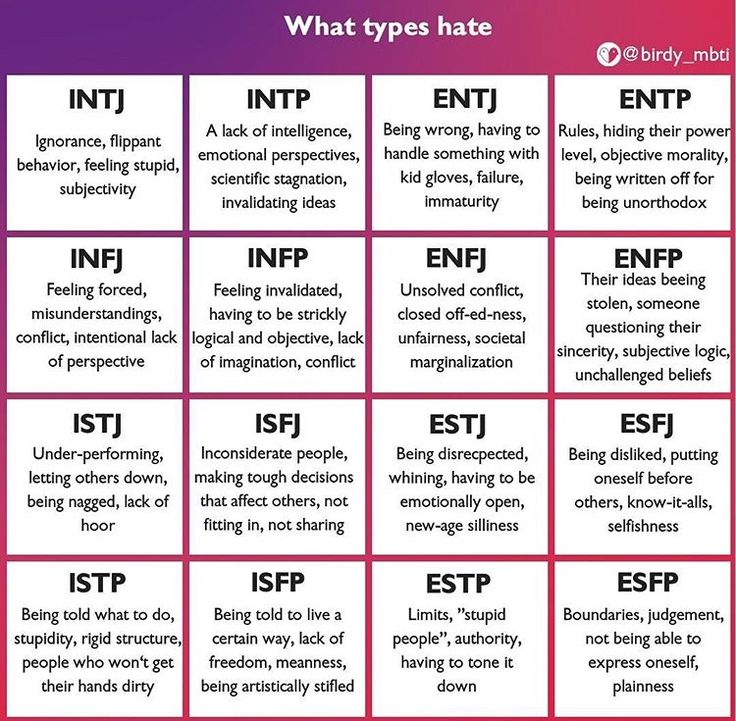
Online Dosha Test based on texts by Vasand Lada, David Frawley, Sunil V. Joshi and Oleg Torsunov.
To pass the test, you need to rate how true each of the following statements is for you.
After completing the table to the end, you will receive three final numbers. By comparing them, you can determine your constitution (prakriti dosha). nine0003
If the number of ones is greater than the rest, then Vata type prevails in you, if twos - Pitta type, if threes - Kapha type.
If the scores for the two doshas are almost the same, then your constitution is dominated by two doshas. For example, Vata (34), Pitta (33) and Kapha (15), then you have a Vata-Pitta constitution.
If all the amounts are the same, then you have a balanced constitution, which is rare. Better take the test again and answer more carefully.
1. How are you built? nine0003
1. Thin, fine-boned, above or below average height
2. Average build, normal weight
below average height
2.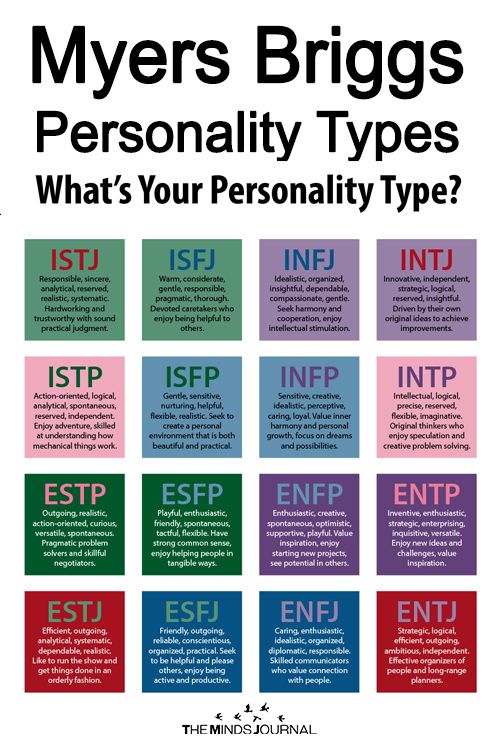 Your weight
Your weight
1. Below the norm and difficult to gain
2. Average, easy to gain, easy to lose
3. There are extra pounds, I get rid of them with difficulty
3. Appetite
1. Unpredictable and irregular
2. If I don't eat every 3-4 hours, I'll get sick
3. Normal. I can easily skip lunch, thirst and hunger do not torment me
4. Portion sizes
1. Very different, sometimes I eat a lot, sometimes nothing at all
2. More than others, I can eat a lot at a time
3. Relatively small
5. Skin
1. Thin, dry, cool
2. Soft and warm, oily T-zone (forehead, nose, chin)
3. Tight, cold, prone to oiliness
6. Skin color
1. Dark, I tan easily
2. Light - maybe even freckles or many moles
3. Light, I don't tan at all
7. Hair
1. Dry, coarse. May curl
2. Soft, light, straight
3. Heavy, thick, wavy. Prone to oiliness
8.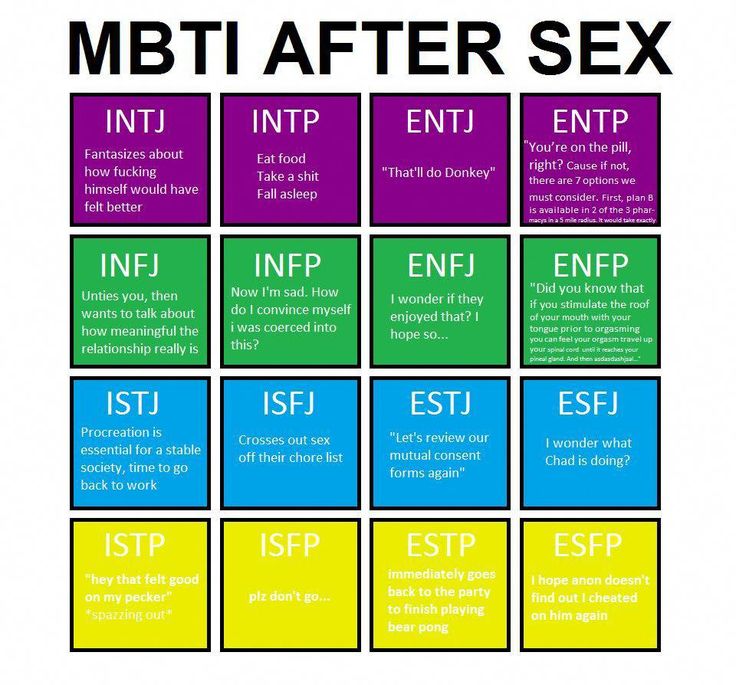 Eyes
Eyes
1. Small, dry, often blinking
2. Reddish
3. Large, moist. White sclera
9. Lips
1. Thin and dry, scaly
2. Pink and soft
3. Full, filled
10. Teeth
1. Uneven, thin gums
2. Large gums may bleed 3.90 , straight, white
11. Fingers and nails
1. Thin, long fingers
2. Ordinary fingers with pink nails
3. Broad square fingers with large hard nails
12. Voice
.90 breaking down2. Loud, staccato
3. Pleasant, harmonious, low
13. Temperature
1. Below normal, cold hands and feet
2. Above normal, hands, feet and face warm and even hot
3. Normal, hands and feet cool
14. Perspiration
1. Not profuse, almost odorless
2. Profuse in heat or during physical activity, pungent odor
3. Moderate but constant, pleasant odor
15. Sleep
1. Shallow, easy to wake up, hard to fall asleep
2.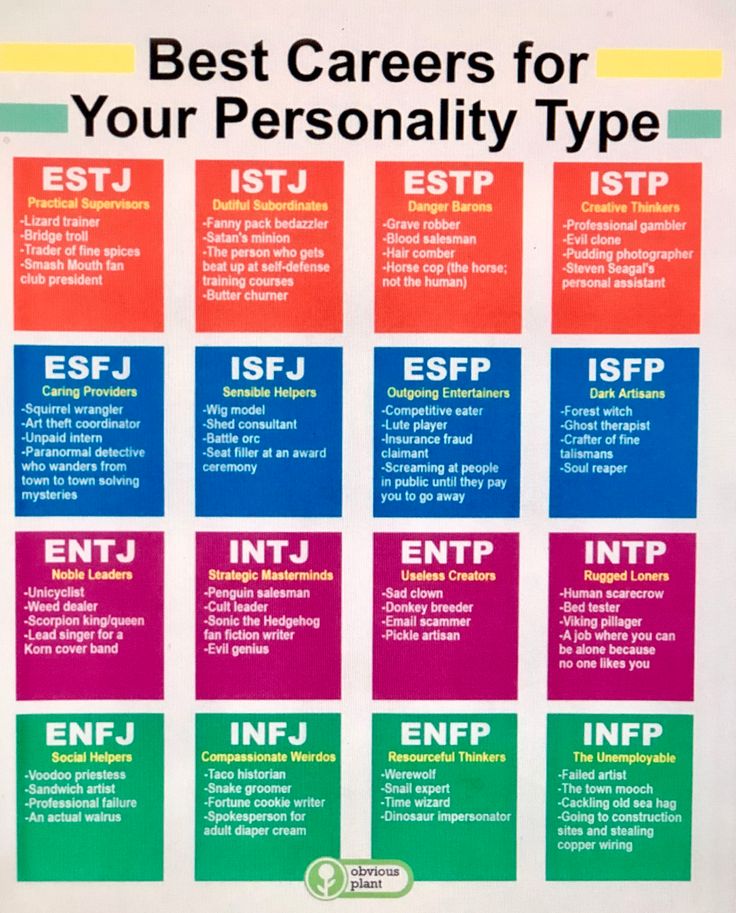 I sleep deeply and well, 8 hours is enough
I sleep deeply and well, 8 hours is enough
3. I sleep a lot and deeply, I wake up hard
16. Gait
Walk fast
, light steps
2. Average speed, confident steps
3. I walk slowly, firmly
17. Weather
1. I like it when it is warm, I hate cold windy days
3. I adapt to any climate, but I do not like cold and humidity
18. Temperament
1. I perceive life with enthusiasm, I love changes
2. Persistent, I like to convince
3. Easy, accepting, I like to support
19. Social portrait
1. Independent but unsure. I get nervous in unusual situations
2. Leader by nature
3. Follower. I listen well, I have many friends
20. Disadvantages
1. Insecure and changeable
2. Easily angered, commanding people
3. Greedy
21. Stressed…
1. … become restless and nervous
2. … become irritable and aggressive
3. … become passive and often distracted
… become passive and often distracted
22. Speech
1. Very sociable (flax), quick speech
2. Sociable (- flax), a good speaker, I can argue
3. I speak slowly and calmly. And infrequently. Cautious in communication
23. Memory
1. I am easily distracted, easily forget
2. Normal. I remember details easily, I don’t forget quickly
3. Excellent long-term memory, I don’t forget much at all
24. Teaching
1. I perceive everything verbally, I can’t understand completely
2. I learn visually, I do it willingly and effectively
3. Feelings and emotions are involved. Usually I don't grasp right away, but I get to the bottom of the matter
25. Dreams
1. Fleeting, frequent, may have nightmares
2. Very bright, inspirational, there are battles, wars
3. Rare, sentimental and sad
26. Love
1. I fall in love quickly and cool off just as quickly
2. Deep, sensual novels
Deep, sensual novels
Long stable relationships full of passion and love
27. Creativity
1. In many manifestations
2. Inventor: technology and science are subject to me
3. Manifested in business and affairs
28. Decisions
1. Making decisions is a difficult process for me
2. I make them quickly and confidently
3. I need to think things over first
29. Interests
1. Travel, dance, art
2. Sports, politics, luxury
3. Business, food, literature
30. Finance
1. Spend lightly, do not save and often feel poor
2. Spend on luxury, buy some carefully selected items
3. I save but spend easily on food and entertainment
31. Activity
1. Hyperactive (-na), tireless (-a)
2. Active, love physical culture and competitions
3. A bit apathetic (-na)
32. Sex
I want a lot of it, or I don’t want it at all
2.













